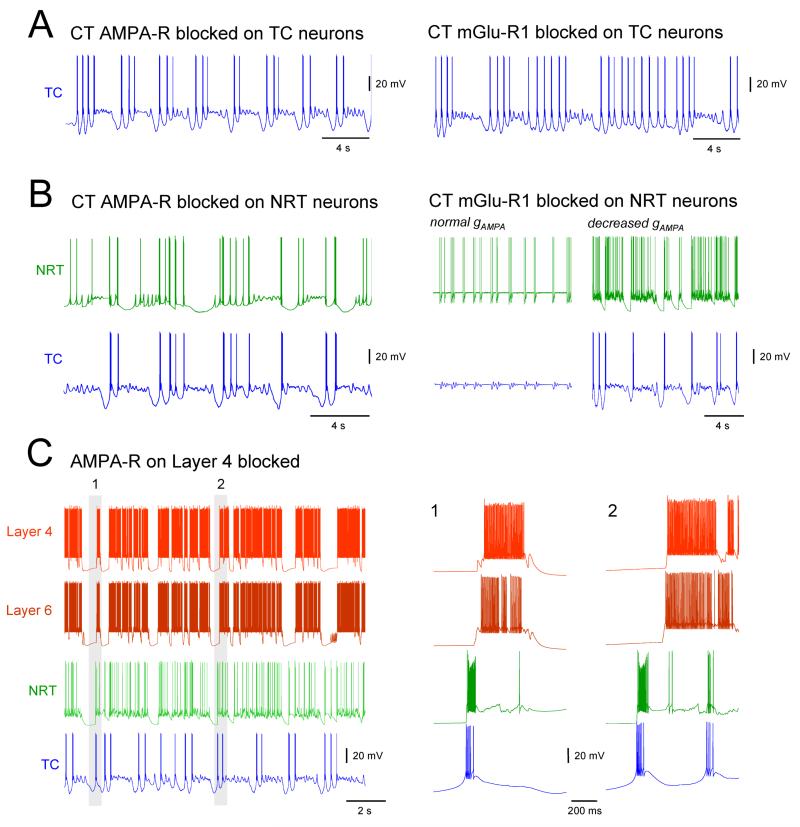Figure 6. Effect of selective removal of postsynaptic receptors at cortical and thalamic synapses on the simulated slow oscillation.
(A) Left: simulated slow oscillation in a TC neuron with the corticothalamic (CT) AMPA-R blocked show groups of delta oscillation in the DOWN state. Right: When the mGlu-R1 component of the CT synapses on TC neurons is blocked, the simulated slow oscillation in TC neuron is almost fully abolished and replaced by nearly continuous delta oscillation. (B) Left: a reduction in the number of synchronous UP and DOWN state transitions between NRT and TC neurons is observed when the CT AMPA-Rs on NRT neurons are blocked. Also, the firing of the NRT neurons becomes much less intense (cf. Fig. 5 A). Right: removal of the mGlu-R1 component of the CT synapse of NRT neurons brings both TC and NRT neurons into a permanent UP state with synchronized subthreshold oscillation and intermittent firing, respectively (normal gAMPA). A reduction in gAMPA of the CT synapses on both TC and NRT neurons restores the slow oscillation (decreased gAMPA). (C) Block of the AMPA-Rs on the thalamic afferent to layer 4 neurons lead to an almost complete loss of global synchrony across the thalamocortical network. At the same time, two separate synchronies emerge. One between layer 4 and layer 6 neurons and another between TC and NRT neurons. These can occur almost simultaneously (1) or clearly separated in time (2).

